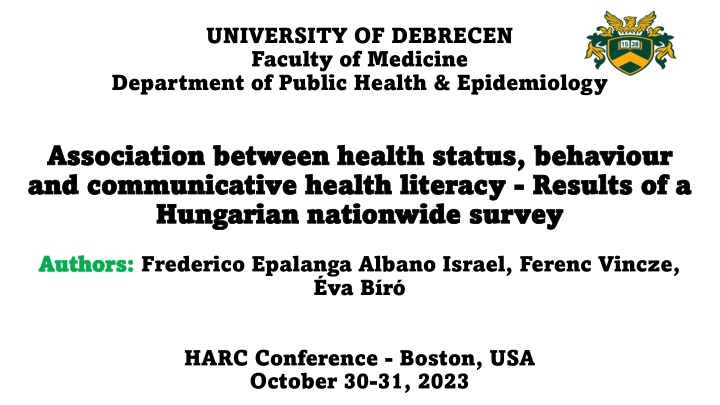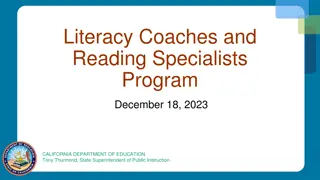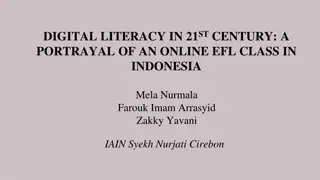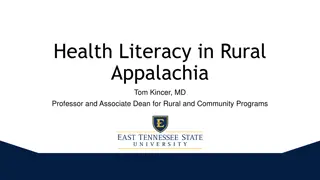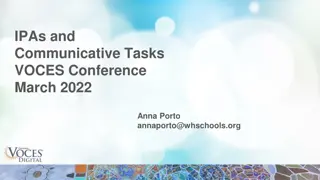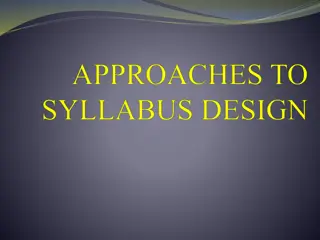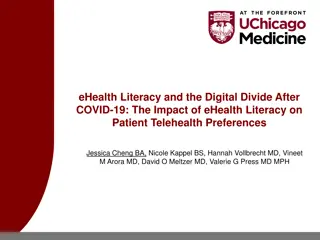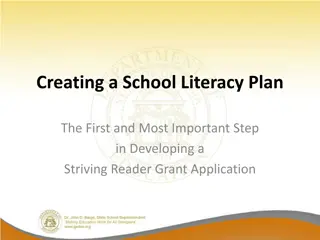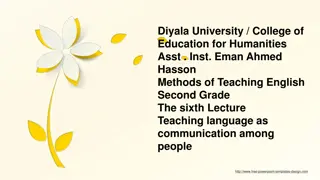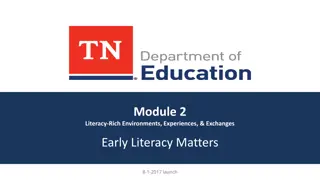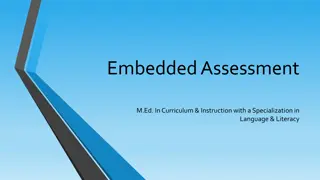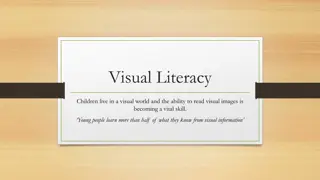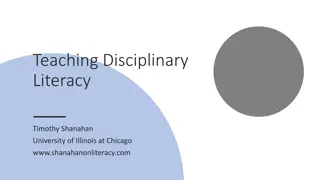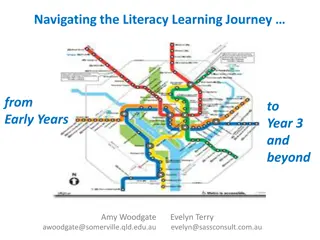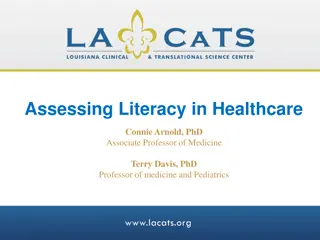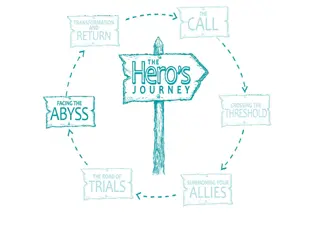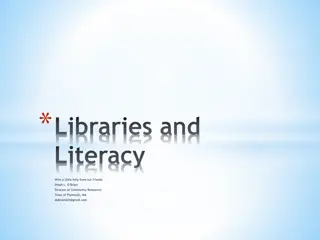Association Between Health Status, Behavior, and Communicative Health Literacy in Hungary
This study presents the results of a Hungarian nationwide survey on the association between health status, behavior, and communicative health literacy. Authors Frederico Epalanga Albano Israel, Ferenc Vincze, and va BrHARC discuss their findings at the upcoming conference in Boston, USA.
Download Presentation

Please find below an Image/Link to download the presentation.
The content on the website is provided AS IS for your information and personal use only. It may not be sold, licensed, or shared on other websites without obtaining consent from the author.If you encounter any issues during the download, it is possible that the publisher has removed the file from their server.
You are allowed to download the files provided on this website for personal or commercial use, subject to the condition that they are used lawfully. All files are the property of their respective owners.
The content on the website is provided AS IS for your information and personal use only. It may not be sold, licensed, or shared on other websites without obtaining consent from the author.
E N D
Presentation Transcript
UNIVERSITY OF DEBRECEN Faculty of Medicine Department of Public Health & Epidemiology Association between health status, Association between health status, behaviour and communicative health literacy and communicative health literacy - - Results of a Hungarian nationwide survey Hungarian nationwide survey behaviour Results of a Authors Authors: : Frederico Epalanga Albano Israel, Ferenc Vincze, va B r HARC Conference - Boston, USA October 30-31, 2023
Introduction Introduction Communicative health literacy (COMM-HL) is defined as the communicative and social skills of a person that enable them to actively engage during personal meetings with health care professionals, to give and seek information, derive meaning from it and use this information in decision-making and in co- producing their health care (The HLS19 Consortium of the WHO Action Network M-POHL, 2022).
Objectives: Objectives: Our aims were to describe the COMM-HL of adults and investigate the association between health status, behaviour and COMM-HL based on the results of a Hungarian survey.
Methods Methods A total of 1205 Hungarian adults aged 18 years and older completed the telephone interview as part of the international Health Literacy Survey 2019. The questionnaire included items, among others, on sociodemographic data, health status, health behaviour and COMM-HL. Statistical weights were applied to ensure that estimates reflect the general adult Hungarian population by age, gender, education level and settlement type.
Average Percentage Response Patterns Average Percentage Response Patterns
Association between Association between COMM COMM- -HL HL and health status/behaviour and health status/behaviour Odds (95% CI): odds ratio with 95% confidence interval * Adjusted for age, gender, education level, financial deprivation, social status, child rearing, training in health profession. ** Adjusted for age, gender, education level, financial deprivation, social status, child rearing, training in health profession, subjective health status and social support. Significant results are in bold.
Conclusion Conclusion Nearly one-eighth of the Hungarian adults had difficulties during communication in healthcare services. Individuals with high level of communicative health literacy had lower odds of limitation by health problems and higher odds of everyday physical activity, daily fruit and vegetable consumption. A high level of communicative health literacy could contribute to better health status and health related behaviour.
Recommendations Recommendations There is a need to improve people s communicative health literary We recommend enhancing the effectiveness of communication, improving the communication skills of the healthcare professionals and facilitating the communication among healthcare users.
THANK YOU VERY MUCH FOR YOUR ATTENTION The work was supported by the Ministry of Human Capacities, Hungary (IV/956-4/2020/EKF).
